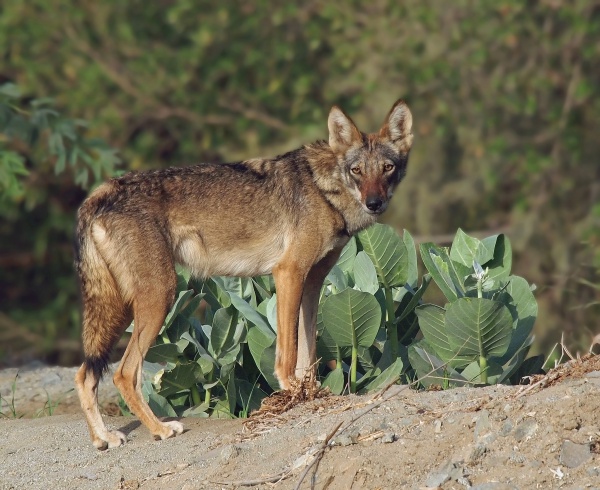Facts About Arabian wolf
The Arabian wolf, a distinct subspecies of the gray wolf, inhabits the deserts of the Arabian Peninsula. As the smallest wolf species, it is well-adapted to the harsh desert conditions, living in small groups and maintaining an omnivorous diet. Although there was once some debate over its classification, it is now recognized as Canis lupus arabs. Concerns have been raised about its potential extinction due to hybridization with domestic dogs.
Physically, the Arabian wolf is notable for its smaller size and unique adaptations, such as larger ears that help dissipate heat. These wolves typically hunt in pairs or small packs and have a short, thin coat that is grayish-beige. While their diet is primarily carnivorous, they do not hesitate to consume fruits, carrion, and even domestic animals when necessary.
Regrettably, the range of the Arabian wolf has diminished significantly. Today, they are found in scattered populations across Israel, Iraq, Oman, Yemen, Jordan, Saudi Arabia, and Egypt. Human activities have played a major role in their decline; however, there are reasons for cautious optimism. Conservation efforts in some regions are showing promise. Captive breeding programs are operational in the United Arab Emirates and Egypt, and the wolf is legally protected in Oman and Israel. Despite these efforts, the future of the Arabian wolf remains uncertain in many areas.

 Sudan
Sudan